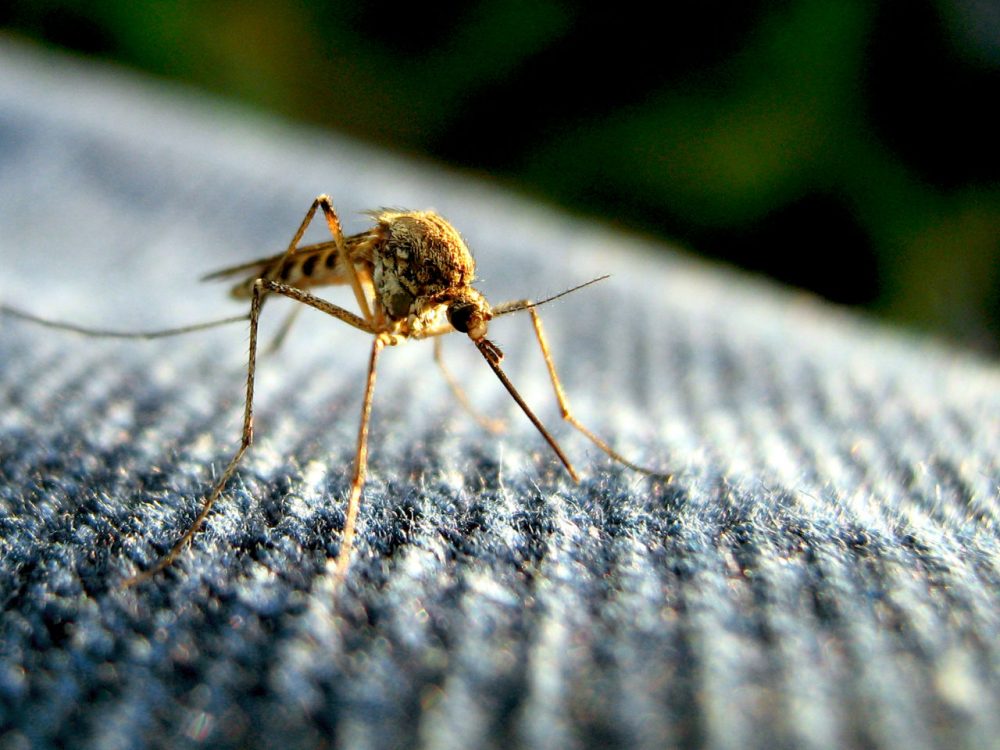Advertisement
1st Human Case Of EEE Announced In Mass. Since 2013

A Plymouth County man tested positive for the Eastern Equine Encephalitis virus — the state's first human case since 2013, the Massachusetts Department of Public Health announced Saturday.
Nine communities are now at a critical risk level for the mosquito-transferred disease, commonly referred to as EEE.
“Today’s news is evidence of the significant risk from EEE and we are asking residents to take this risk very seriously,” said Public Health Commissioner Monica Bharel. “We will continue to monitor this situation and the impacted communities.”
The communities now at critical risk levels are Carver, Lakeville, Marion, Middleborough, Rochester, Acushnet, Freetown, New Bedford and Wareham.
EEE is a rare, but potentially fatal disease that can be spread through mosquito bites. It has been found in 227 mosquito samples this year, the Massachusetts Department of Public Health (DPH) said in the statement on Saturday.
In addition to the areas at a critical risk level, the state department determined 15 communities in southeastern Massachusetts are at a high risk level for the virus, and 18 are at moderate risk. Moderate risk is a reminder that the virus is active in the area, while high risk points to an increased chance of human cases of EEE.
Critical level risk is when human cases have been identified, according to the DPH.
There have been 22 human cases of EEE infection during sporadic outbreaks over the years since 2004, the state department said.
Aerial spraying began Aug. 8 to reduce the mosquito population in specific areas of Bristol and Plymouth counties, according to the DPH, and is expected to continue throughout the weekend during evening hours.
Even with spraying, people need to take measures to avoid mosquito bites, said state epidemiologist Catherine Brown.
"It is absolutely essential that people understand that there is a serious risk from EEE this year," Brown said. "We are asking for their assistance by asking them to be really vigilant about avoiding mosquito bites."
People should apply insect repellent when outdoors, cover up with clothing, and be aware of peak mosquito hours.
"[It's recommended] in these higher risk areas is that people avoid outdoor activity between the hours of dusk and dawn which is when the mosquitoes that are most responsible for transmitting EEE are most active," Brown said.
Animals are also at risk of the virus, the DPH said. Animal owners should reduce standing water around their property because mosquitoes use it as a breeding ground.
To see up-to-date information on spraying locations, visit the Massachusetts Department of Agricultural Resources Aerial Spraying Map.
WBUR's Paul Connearney contributed to this report.
